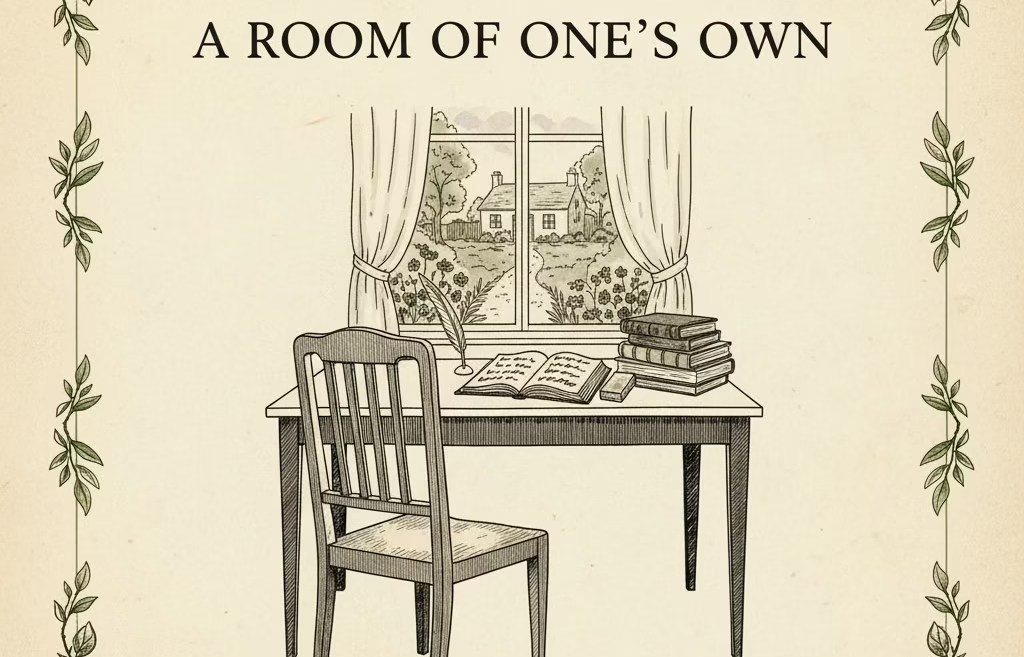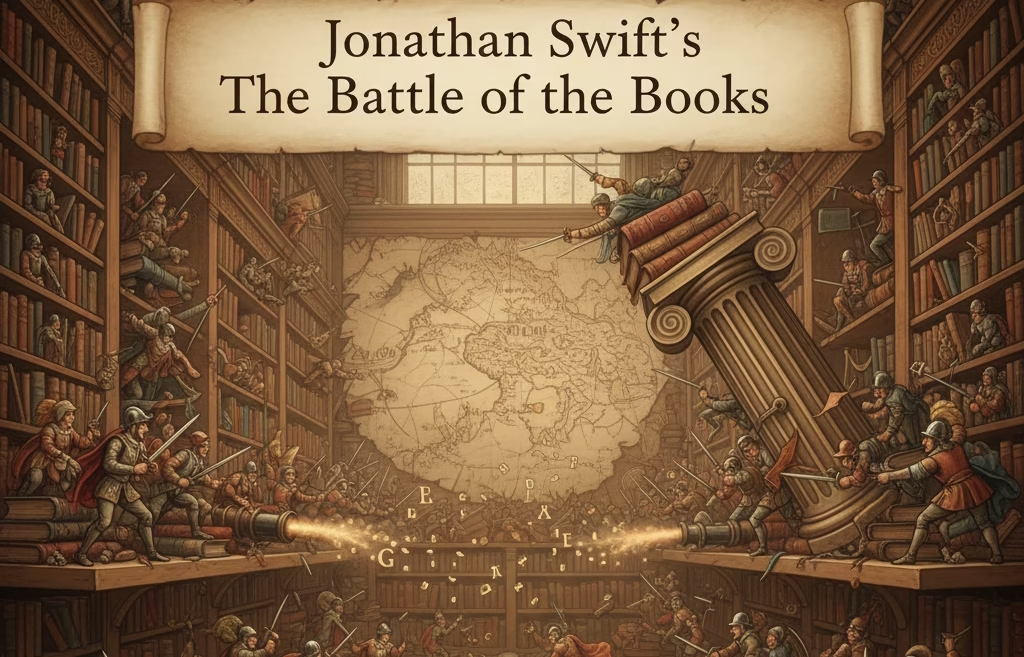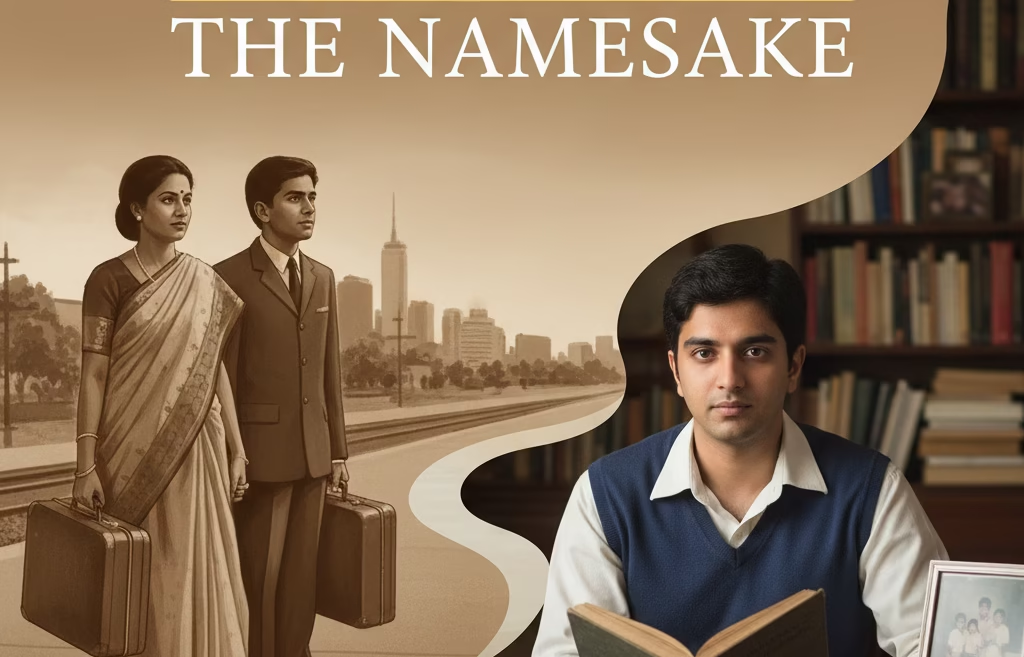INTRODUCTION
Toni Morrison’s God Help the Child is not just her final novel; it’s a compact literary hurricane. It sweeps through themes of trauma, colourism, parental legacy, and the resilience of human spirit, shaking up every complacent notion about what lingers from childhood wounds. My journey as a reader (and, let’s be honest, as a lifelong Morrison devotee) has taught me that her prose doesn’t merely describe—she invites us to encounter, to process, even to flinch. This novel, published in 2015, exemplifies that beautifully.
God Help the Child Analysis
Setting the Stage: A Brief Overview
It’s a rare feat when a story about pain can feel like a balm. Morrison manages this paradox. God Help the Child revolves around Bride (born Lula Ann), who enters the world “blue-black,” much to the shock and rejection of her light-skinned mother, Sweetness. This initial act—her mother’s refusal to embrace her—gives birth to the great question at the novel’s heart: how do the wounds of early rejection metastasize into adult life?
Bride becomes a powerful, elegant entrepreneur in the beauty industry, but her outward poise is a brittle shield for the damage within. Her journey, both literal and emotional, through failed relationships, childhood betrayals, and the yearning for maternal love, explores the question of how one might ever become whole after being made to feel less than nothing. FULL TEXT
Colourism Front and Center
If Beloved was Morrison’s magnum opus on slavery and its psychic legacy, God Help the Child takes on the insidious effects of colorism with the same ferocity. The very first words of Sweetness—Bride’s mother—shed light on an ugly truth: “It’s not my fault. So you can’t blame me.” Sweetness insists she’s only preparing her daughter for a racist world, yet her tough “love” is the first brush with racial judgment that scars Lula Ann.
Colourism here is not a subplot; it’s the root system from which all the novel’s pain and power grow. The mother’s rejection is a tragic attempt at survival in a world where whiteness is always safer. This cycle echoes through generations, asking us whether love can truly shield children from the outer world—or if, sometimes, it is a danger all its own.
The Echoes of Childhood Trauma
Morrison’s true genius in God Help the Child is how she illustrates trauma as both event and ecosystem. Bride, unable to earn her mother’s love, invents ways to win approval—one of which, chillingly, is lying in court about her teacher, Sofia Huxley, touching her inappropriately. Innocence shattered; both Bride and Sofia are marked for life.
Bride’s adult life is constructed around erasing the shame of her past. She reinvents herself—dark skin elevated to high fashion, hair always perfect, dressed in white to showcase the beauty once maligned. And yet, all this scaffolding collapses when Booker, her lover, leaves her, reawakening old abandonment. The body keeps the score, and Bride’s literally regresses: she loses signs of physical maturity, a surreal but apt metaphor for how trauma can reduce us to frightened children, no matter our age or accomplishments.
Personal Reflection
Reading these passages, I couldn’t help but think of how we all, in our own quiet ways, respond to early wounding. Morrison doesn’t offer easy lessons; she lets us sit with discomfort, reminding us that our beginnings, no matter how distant, reach into the marrow of our present. TEXT WITH ANALYSIS
Key Characters in God Help the Child
Bride: The Unquiet Protagonist
Bride isn’t the typical “heroine” out for redemption. She’s complicated, sometimes self-destructive, driven to both excel and sabotage herself. The urge to be loved—to be seen—drives everything she does. Her transformation from Lula Ann to “Bride” is both a branding move and a desperate act of self-preservation. Against all odds, she becomes an industry mogul, flipping the script that once wrote her as a social outcast.
But Morrison revisits this hard-won strength with skepticism. Is rising above her origins merely survival, or is it thriving? When the facades are stripped away, healing can only begin when Bride at last confronts not just her mother’s cruelty, but her own acts of harm.
Sweetness: Motherhood’s Complicated Face
Sweetness is, oddly, both villain and victim—a reality Morrison renders free of sentiment or apology. Her narrative voice, sometimes pleading, other times defensive, reveals a Black woman bruised by society’s color judgments, passing those wounds on like an inheritance of necessity.
Her refusal to mother Lula Ann is horrifying, yet Morrison deftly uncovers how oppression warps love itself. Sweetness’s lifelong fear of the world’s cruelty makes her complicit in the very harm she wants to prevent. Those intergenerational tremors—how pain begets pain—thrum through every page.
Booker and Sofia: Paths to Healing
Booker, Bride’s lover, is chasing his own ghosts, searching for meaning after his brother’s tragic murder. His emotional distance mirrors Bride’s self-sabotage; their reunion is less romance than mutual reckoning. Sofia, the teacher Bride’ falsely accuses, embodies the high collateral cost of childhood lies, echoing that trauma radiates far beyond the original injury.
Major Themes in God Help the Child
Colourism and Its Staggering Power
This novel dares to put intra-racial prejudice in the spotlight. Morrison holds nothing back in showing how even those who have been victimised by racism may replicate its hierarchies within their own communities. Bride’s suffering is not merely social, but intimate—a daily lack of affection, a bone-deep loneliness.
Reflective Aside
As a reader, I was deeply moved by Morrison’s insistence that no family, no community, is immune from perpetuating harm. It made me consider my own blind spots when it comes to passing down judgments or fears. Such is the novel’s power.
Abuse, Healing, and Redemption
Child abuse, in all its forms—physical, emotional, psychological—lurks everywhere in the novel. Morrison presents every trauma as a ripple, traveling far beyond its original source, sometimes mutating into fresh harm.
And yet, God Help the Child is ultimately not a novel of pure despair but of hard-earned hope. Morrison posits that healing cannot occur without naming pain, without acts of contrition. The journey is not linear—and, at times, feels Sisyphean—but moments of connection, honesty, and forgiveness suggest that, though wounds may never fully close, peace is possible.
Personal Reflection
In a world impatient for quick fixes, Morrison’s refusal to offer tidy resolutions feels honest. Healing, she reminds us, is not always about forgetting—it’s often about remembering with less agony.
Narrative Techniques: Morrison’s Signature Touch
Polyphony and Multiple Voices
Morrison divides the novel into parts named after narrators: Sweetness, Bride, Brooklyn, and others. Each voice is distinct, carrying forward fragments of story—and of wound. This “polyphony” enriches our understanding, reminding us that pain (and resilience) never belongs to a single character alone.
The Surreal as Emotional Truth
Morrison uses elements of magical realism to literalise Bride’s regression. Her physical transformation is not fantasy for fantasy’s sake but is instead an outward marker of inner devastation. The loss of adulthood in the face of ancient wounds is, in Morrison’s hands, both dreamlike and deeply real.
Bare, Lyrical Prose
The language in God Help the Child is both spare and searing. Morrison’s sentences swerve—sometimes abrupt and plain, sometimes dizzyingly poetic. She knows exactly when to linger and when to let the silence speak. This makes the reader slow down, to absorb rather than simply consume. OTHER WORKS
Contemporary Significance
Despite initial mixed reviews—some critics called it rushed or slight—God Help the Child has found a second wind, especially as societies globally reckon with the legacies of racism, colourism, and trauma. Morrison, even in her late style, crafts a novel trimmed of excess but bursting with implication.
I find the book resonates even more fiercely today. Whether in therapy sessions or in casual conversations, more people are learning the language to describe how early wounds shape adult lives. Morrison’s prescience in anticipating these conversations is reason alone to revisit her novel.
Final Thoughts: Lessons, Warnings, and Hope
Morrison never offers mere lectures—every lesson is hard-won, every epiphany tinged with ache. “What you do to children matters. And they might never forget,” Sweetness muses. This is a warning but also a plea. The novel doesn’t solve the riddle of how to be better parents, friends, or lovers, but it does insist that history—personal and collective—cannot be outrun.
In my years as a student and later as a literary analyst, returning to Morrison feels like returning to a touchstone—a reminder that literature’s job isn’t always comfort. Sometimes, it’s to prick us into empathy.
When I set the book down, the echo that remained was this: “God help the child”—because, often, no one else will.
Frequently Asked Questions (FAQs) – Toni Morrison’s God Help the Child
What is the main theme of God Help the Child?
The novel centres on the lingering effects of childhood trauma, especially as shaped by colorism, parental rejection, and the search for self-worth. Morrison interrogates how early wounds echo into adulthood, shaping identity and relationships.
How does Morrison address colorism in the book?
She places colourism at the emotional core of the story—Bride’s “blue-black” skin becomes both her mother’s reason for rejection and, paradoxically, a source of adult pride and conflict. The novel explores how both external and internalized prejudice affect individuals and families.
Who are the key characters in God Help the Child?
Major characters include Bride (the protagonist who transforms from Lula Ann), her mother Sweetness (whose voice opens the novel), Booker (Bride’s estranged lover), and Sofia Huxley (the teacher falsely accused by Bride as a child).
Is the novel based on real events?
No, while the themes reflect real-life issues, the characters and plot are fictional. Morrison draws from collective and personal histories of African American life, but the narrative is not biographical.
What does the title God Help the Child mean?
It’s both a plea and a warning: a recognition that children are profoundly vulnerable to the actions of adults and society—and that healing, when possible, often requires help beyond our understanding.
How does the novel compare with Morrison’s earlier works?
While less sprawling than novels like Beloved or Song of Solomon, God Help the Child is more direct and contemporary in style. It revisits themes from earlier works—especially colourism (from The Bluest Eye)—but with a late-career economy and lyrical punch.
Are there elements of magical realism in the book?
Yes. Bride’s physical transformations, while not “realistic,” are used to literalise psychological realities. Morrison employs magical realism as an emotional lens rather than a mere storytelling device.






1 Comment
[…] The novel’s reputation grew steadily throughout the 1970s and 1980s, particularly after Morrison won the Nobel Prize in Literature in 1993. Academic institutions began incorporating the work into curricula, recognising its sophisticated treatment of complex social issues. EXPLORE OTHER WORKS BY THE AUTHOR […]